
 Department of Conservation and Recreation
Department of Conservation and Recreation
Conserve. Protect. Enjoy.
 Department of Conservation and Recreation
Department of Conservation and Recreation
By Julie BuchananPosted February 16, 2021
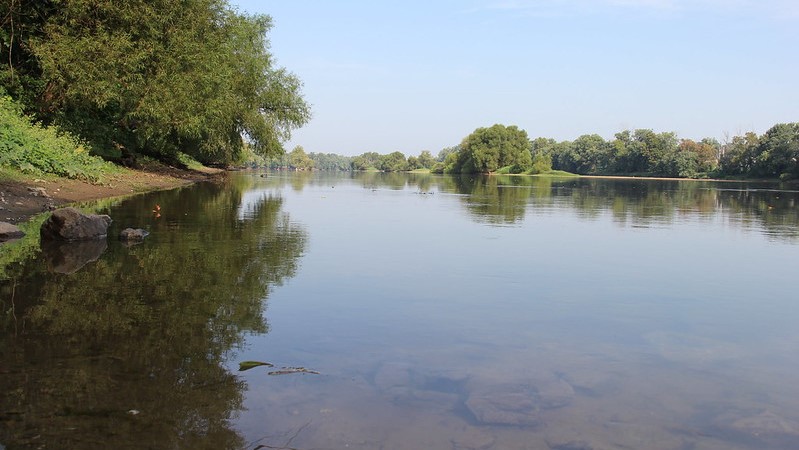 The James River at Maidens Landing, Powhatan County.
The James River at Maidens Landing, Powhatan County.
The James River is where many events related to the African-American experience occurred. Whether sources of pride or pain, these events are central to our national, shared narrative.
A new trails plan by the Virginia Department of Conservation and Recreation traces some of this history near the James between Lynchburg and Powhatan County, or the Middle James region.
The goal of the Middle James Segment Plan, released in late 2020, is to highlight key sites so that they may be protected, restored and experienced as part of the larger James River Heritage Trail corridor.
Freedom is a major theme.
“The story of the people of the Middle James River watershed is one of a struggle for independence and a reminder of what it means to be free,” writes plan author and statewide trails coordinator Jennifer Wampler.
Carter G. Woodson, the man known as “the father of Black history,” was certainly familiar with this struggle. He was born near the James in the tiny town of New Canton. While no home or birthplace remains, we know he was born in 1875 to parents who began their lives in slavery.
Woodson went on to become a Harvard-educated scholar and foremost expert on the contributions of African Americans. In 1926, he launched the first organized Black history celebration, the precursor to Black History Month.
Here are four sites within the region that symbolize the struggles and achievements of African Americans.
The Anne Spencer House and Garden Museum
1313 Pierce St., Lynchburg
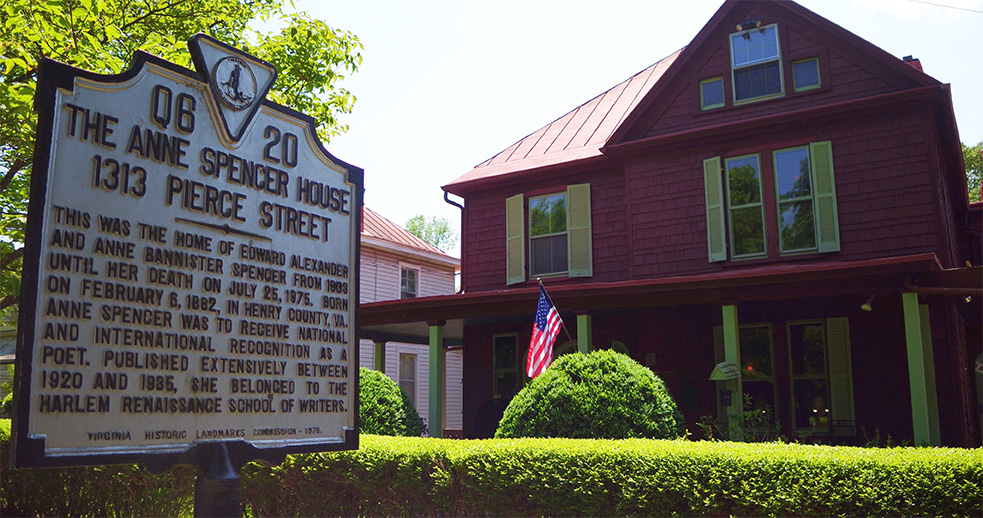
The Anne Spencer House and Garden Museum in Lynchburg. Photo by Ryan Trapp, Virginia Tourism Corporation.
Lynchburg is connected to the Harlem Renaissance through poet Anne Spencer. She was a prominent figure in literature, plus a civil rights activist, librarian and gardener. Spencer was born in Henry County in 1882; her father was formerly enslaved. She attended the Virginia Theological Seminary and College in Lynchburg and later settled in a Queen Anne-style residence in a neighborhood full of prominent and successful African Americans. Spencer’s lyric poetry is influenced by race, religion and nature — themes that are explored and interpreted throughout the Anne Spencer House and Garden Museum.
Dr. Robert Walter "Whirlwind" Johnson House
1422 Pierce St., Lynchburg
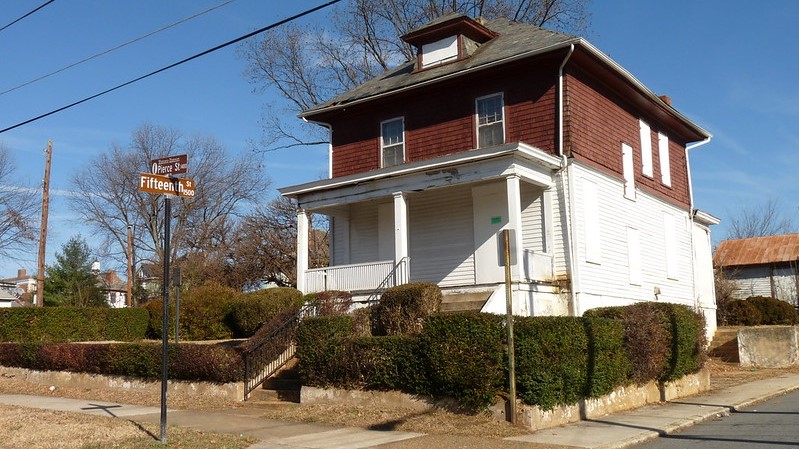
The home of Dr. Robert Walter "Whirlwind" Johnson, Lynchburg, in 2012. Photo by Kipp Teague.
Also located on Pierce Street in Lynchburg is the home of Dr. Robert Walter “Whirlwind” Johnson, a physician, tennis player and coach. He is credited with desegregating tennis and best known for coaching greats Althea Gibson and Arthur Ashe. Johnson coached youths on a clay court he installed at his home. He was also a well-known medical doctor and the first Black physician to practice at Lynchburg General Hospital. A foundation has been established to restore and preserve his home, which in 2005 was listed as one of Preservation Virginia’s “most endangered historic places.”
Carver-Price Legacy Museum
102 Carver Lane, Appomattox
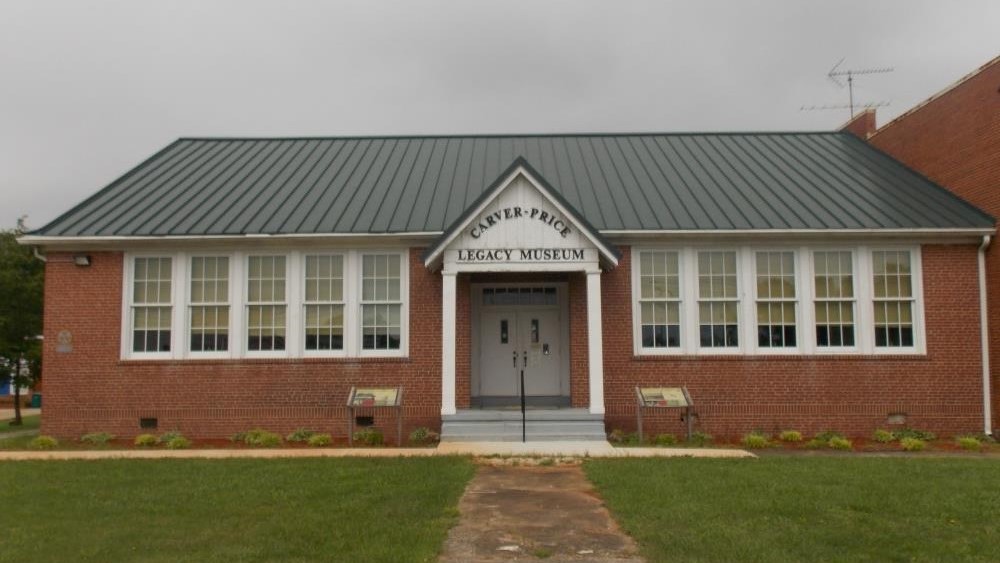 Photo courtesy Appomattox County.
Photo courtesy Appomattox County.
The Carver-Price Legacy Museum is housed in an original Rosenwald School in the town of Appomattox. Established in 1917, the Rosenwald Fund paid for the construction of more than 5,000 schools for African Americans throughout the South. One of these schools became Carver-Price High School, which served the Black students of Appomattox County and beyond during Jim Crow segregation. It’s named for Mozella Jordan Price, a supervisor of the county’s Black schools from 1919 to 1963. She was a tireless advocate for the education of African-American children. The museum is open by appointment.
Bremo Slave Chapel
754 Bremo Bluff Road, Bremo Bluff
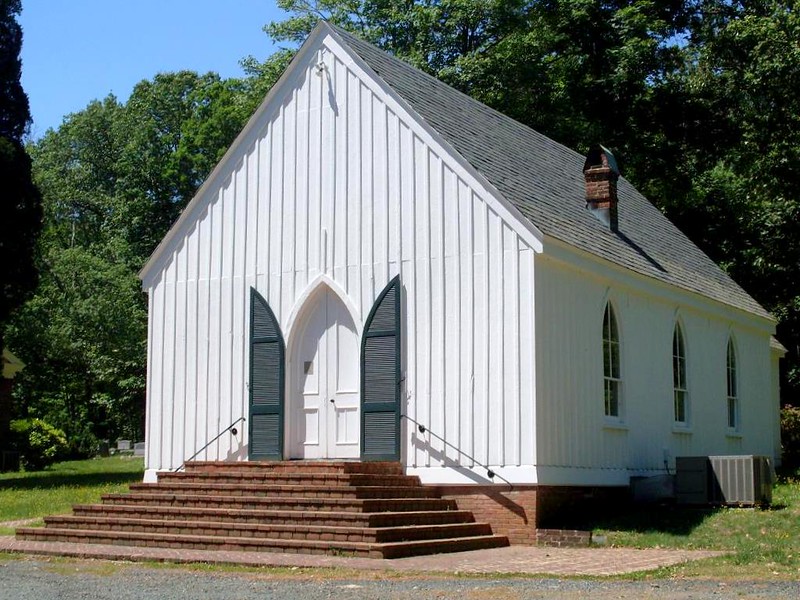 Bremo Slave Chapel, now part of Grace Episcopal Church, Fluvanna County. Photo by David Hoffman.
Bremo Slave Chapel, now part of Grace Episcopal Church, Fluvanna County. Photo by David Hoffman.
Built in 1835 in the Gothic Revival style, this chapel was originally located on Bremo Plantation, owned by John Hartwell Cocke. Cocke was a slaveholder but is said to have provided slaves instruction in reading, writing and religion. These activities were forbidden for slaves in Virginia at the time. The chapel was listed on the National Register of Historic Places in 1980. Today, it is part of the Grace Episcopal Church.
Categories
Recreation Planning

